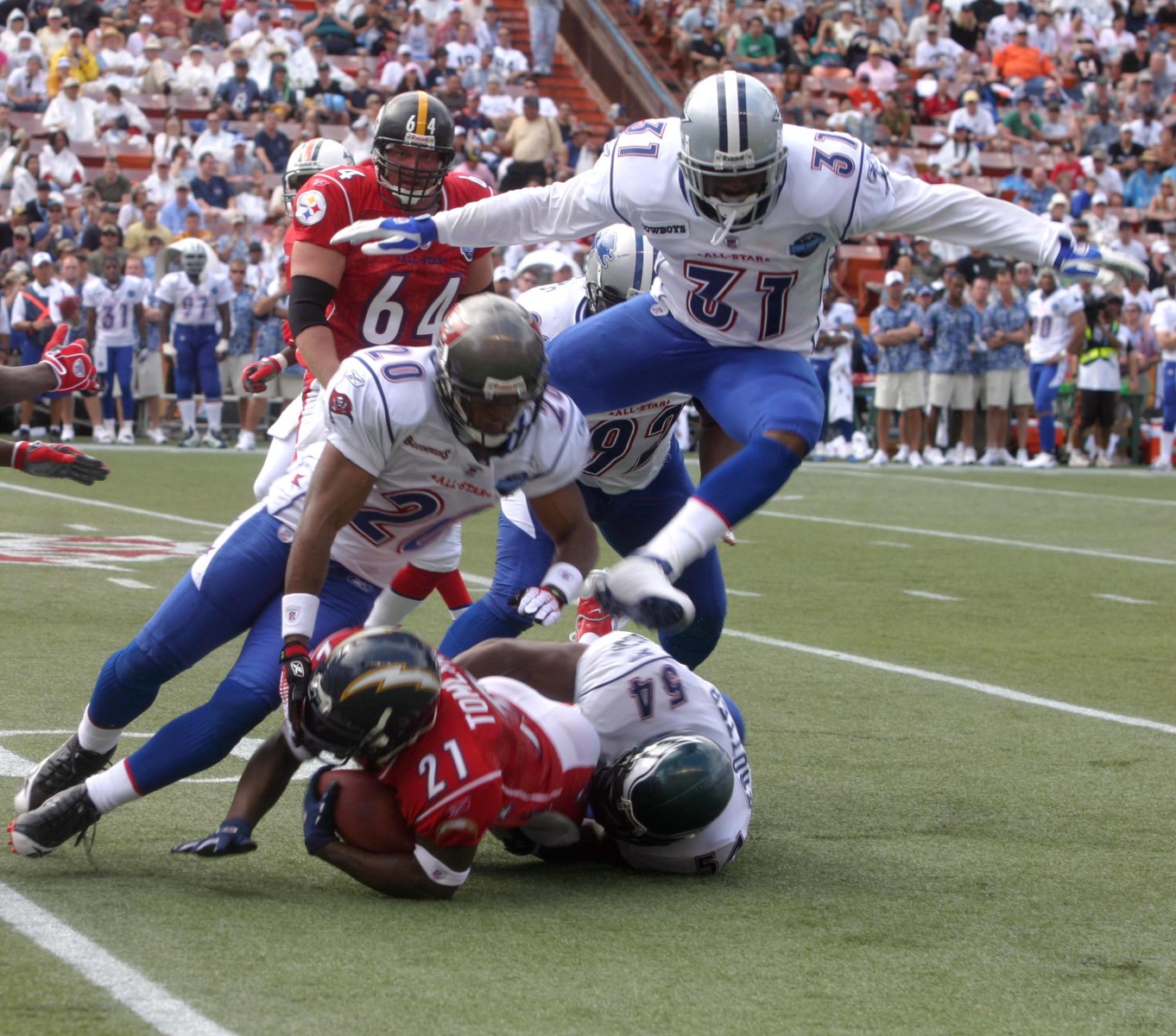The multiple knocks to the head that NFL players receive during their careers may increase their chance of death from diseases linked to cell damage in the brain, according to a new study recently published in the online issue of the American Academy of Neurology's medical journal, Neurology.
 The study built upon a previous paper, where an upward trend in neurologic disorders was seen among retired NFL players. 3,439 players with at least 5 playing seasons were followed, with an average age of 57 years old. Researchers reviewed the death certificates of the 334 participants who died, for deaths from Alzheimer's disease, Parkinson's disease or ALS (also known as Lou Gehrig's disease, after the famous baseball player who developed the condition).
The study built upon a previous paper, where an upward trend in neurologic disorders was seen among retired NFL players. 3,439 players with at least 5 playing seasons were followed, with an average age of 57 years old. Researchers reviewed the death certificates of the 334 participants who died, for deaths from Alzheimer's disease, Parkinson's disease or ALS (also known as Lou Gehrig's disease, after the famous baseball player who developed the condition).
Although only 10% of the survey group had died when analysis had begun, the research group at the National Institute for Occupational Safety and Health in Cincinnati found that retired NFL players' risk of death from neurodegenerative diseases such as Alzheimer's or Lou Gehrig's disease was 4 times greater than for the general US population. No significantly increased risk was found for Parkinson's.
Perhaps the most surprising finding of the study was the difference in risk levels between so-called non-line positions (the faster players such as quarterbacks) and line positions (the slower players in the defensive and offensive lines at the start of each play). The faster players were three times more likely to die from a neurodegenerative disease than the slower line players. The explanation, according to study author Everett J. Lehman, is that "the linemen, though they are the big guys (averaging 315 pounds), are running up against each other, but at very close distances, so they don't ... build up momentum prior to hitting each other. The non-linemen, the guys receiving passes and running the ball, build up considerable momentum ... prior to the point of impact." 62% of the players followed came from the non-lineman group.
Future research will continue to follow the current group of players and as the number of deaths within the group increases, the trends may become statistically stronger. In addition, the group will begin to show whether the current steps taken by the NFL to reduce head collisions is working.










Comments
Add a comment